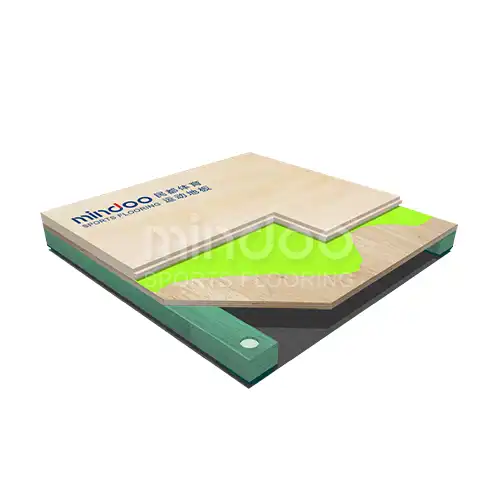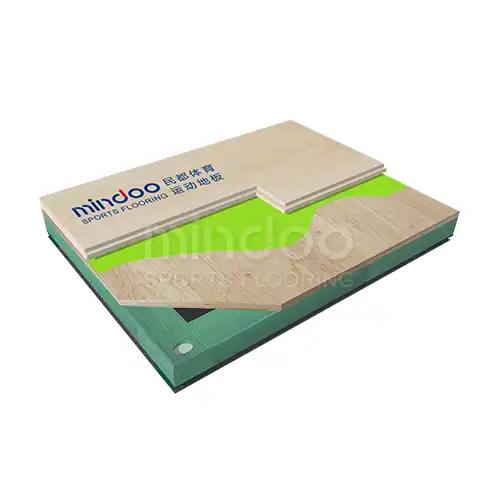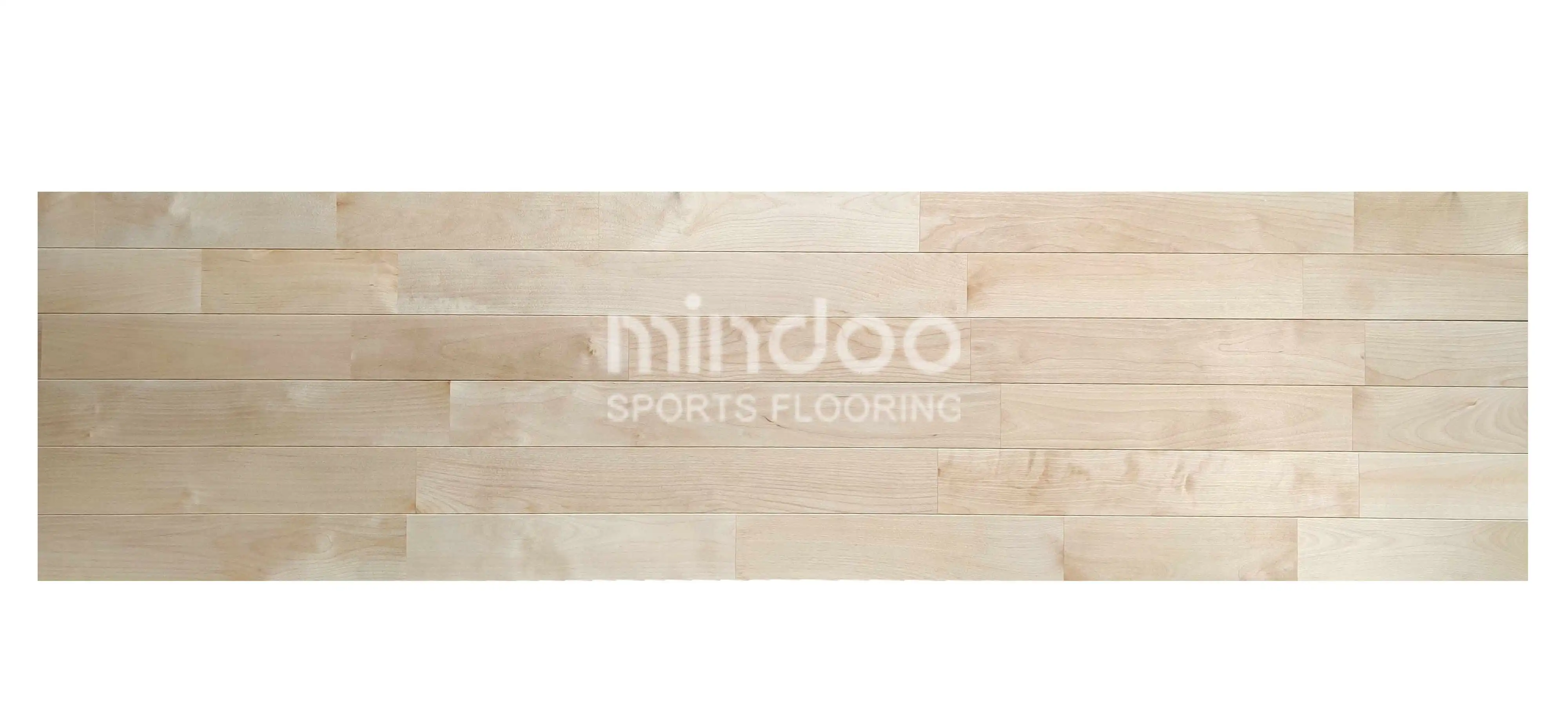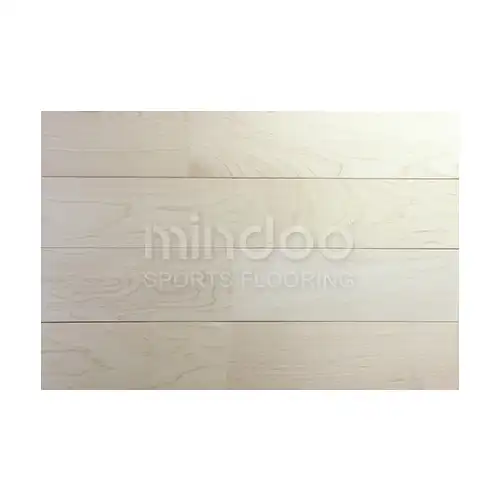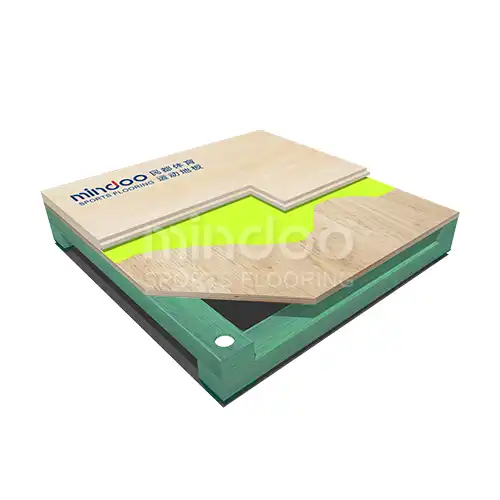Ensuring the Right Foundation: Key Standards for Sports Hardwood Flooring Installation
Before installing sports hardwood flooring, the quality of the underlying surface is crucial, yet often overlooked. A smooth, stable, and properly prepared base is essential for the longevity and performance of the floor. So, what exactly does the venue’s foundation need to meet before laying down a sports hardwood floor? Here are the key standards:

1. Levelness: A Non-Negotiable Standard
The subfloor must be perfectly level, as even minor height differences can impact the floor’s performance and lifespan. Small variations can lead to uneven wear and pressure points over time.
Standard Requirement: The subfloor must have no more than 1/8 inch variation over a 10-foot span.
2. Moisture Control: Protecting the Integrity of the Wood
Excess moisture in the subfloor can cause the wood to swell or warp, so moisture levels must be controlled before installation.
Standard Requirement: The moisture content of the subfloor should not exceed 12%. If necessary, moisture barriers or other mitigation measures should be used.
3. Cleanliness: Remove Debris
The subfloor must be thoroughly cleaned to remove dust, dirt, and grease to ensure proper adhesion of adhesives and coatings.
Standard Requirement: The subfloor should be swept clean and free of debris and oil stains.
4. Structural Integrity: A Solid Foundation

The subfloor must be structurally sound—free from cracks, sagging, or instability. A weak foundation will compromise the stability and durability of the flooring system.
Standard Requirement: The subfloor should be stable and free from any damage, capable of supporting the weight of the flooring and the activities that will take place on it.
5. Dryness and Ventilation: Preventing Mold and Moisture Damage
High humidity or poor ventilation can lead to mold growth, which can damage both the floor and indoor air quality.
Standard Requirement: The subfloor should be completely dry, and the space should have proper ventilation to allow for air circulation.
6. Material Acclimatization: Prevent Expansion and Shrinking
Hardwood flooring and the subfloor need to acclimate to the indoor environment before installation to prevent expansion or contraction after the floor is laid.
Standard Requirement: Hardwood planks should be left to acclimate in the room for at least 48 hours.
7. Subfloor Type: Preparation Based on Material

Different subfloor materials (such as concrete or plywood) require different preparation methods. For example, concrete must be checked for moisture and leveled, while plywood should be inspected for tight seams.
8. Compliance with Local and National Standards
Ensure that the installation complies with local building codes and national standards. Guidelines from organizations like the National Hardwood Flooring Association (NHFA) can be referenced for proper subfloor preparation.
The performance and durability of your sports hardwood floor are not only dependent on the wood itself but also on the quality of the subfloor preparation. Ensuring the foundation is level, dry, clean, stable, and moisture-controlled will provide long-lasting support and optimal performance for your hardwood floor.
